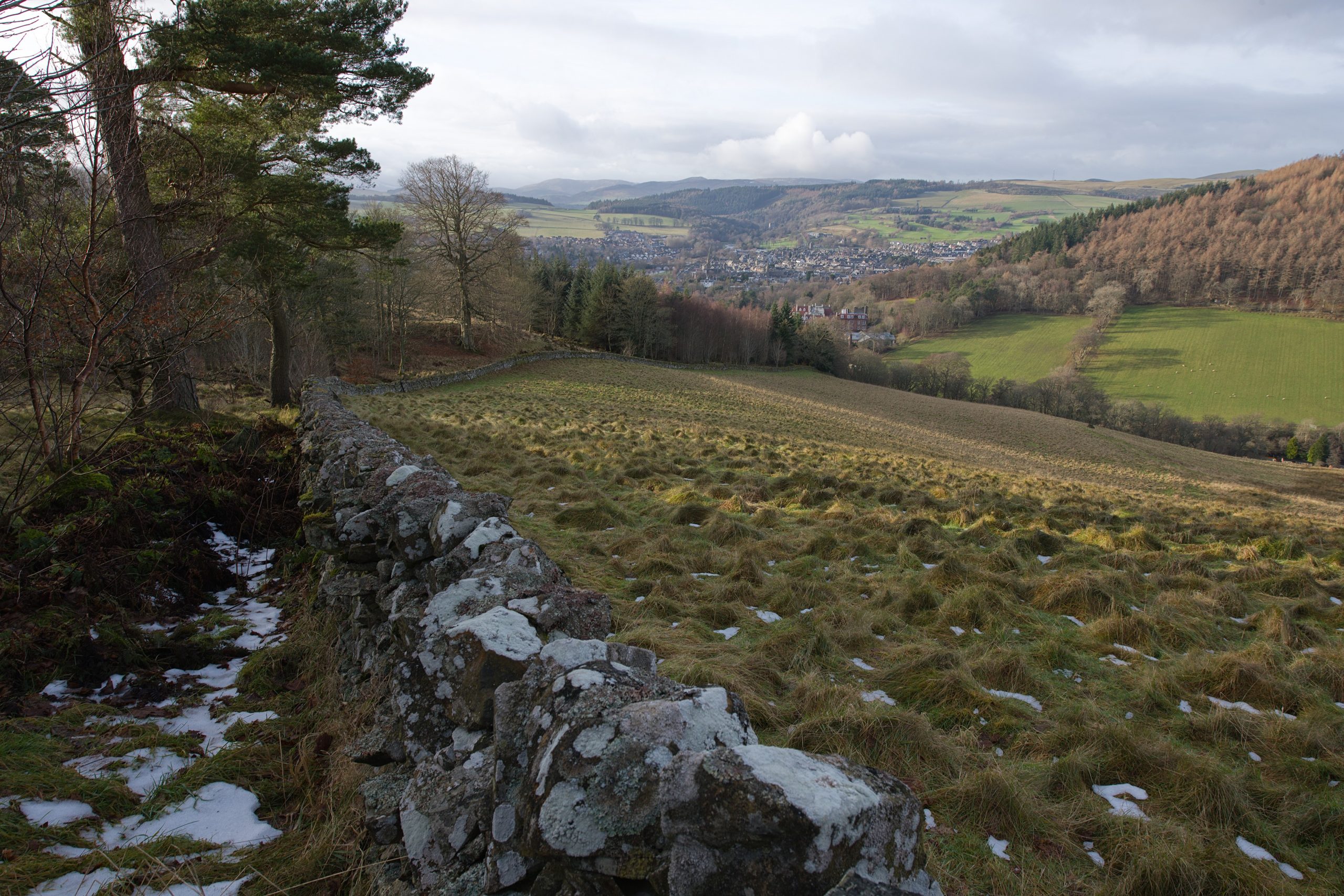Finish on a High
If street photography were jazz, the high viewpoint would be a "standard"-something that consistently performs for you. Whatever town or city we're in, there is often something below our feet, and it's often something interesting. Look down from any elevated position and you can see streets, stores, walkways, bridges, canals, houses, traffic-all of which can provide interesting subject matter. ...

